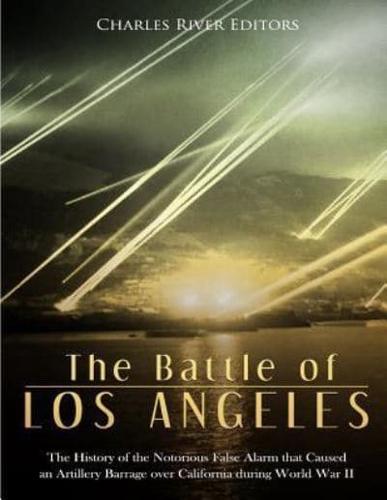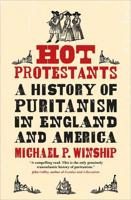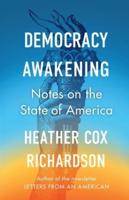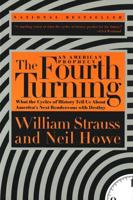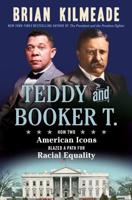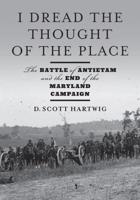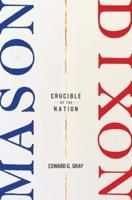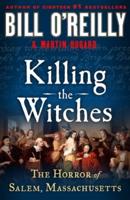Publisher's Synopsis
*Includes pictures
*Includes contemporary accounts
*Includes online resources and a bibliography for further reading
"Probably much of the confusion came from the fact that anti-aircraft shell bursts, caught by the searchlights, were themselves mistaken for enemy planes. In any case, the next three hours produced some of the most imaginative reporting of the war: "swarms" of planes (or, sometimes, balloons) of all possible sizes, numbering from one to several hundred, traveling at altitudes which ranged from a few thousand feet to more than 20,000 and flying at speeds which were said to have varied from "very slow" to over 200 miles per hour, were observed to parade across the skies. These mysterious forces dropped no bombs and, despite the fact that 1,440 rounds of anti-aircraft ammunition were directed against them, suffered no losses." - An excerpt from the U.S. Office of Air Force History
All Americans are familiar with the "day that will live in infamy." At 9:30 a.m. on Sunday, December 7, 1941, Pearl Harbor, the advanced base of the United States Navy's Pacific Fleet, was ablaze. It had been smashed by aircraft launched by the carriers of the Imperial Japanese Navy. All eight battleships had been sunk or badly damaged, 350 aircraft had been knocked out, and over 2,000 Americans lay dead. Indelible images of the USS Arizona exploding and the USS Oklahoma capsizing and floating upside down have been ingrained in the American conscience ever since. In less than an hour and a half the Japanese had almost wiped out America's entire naval presence in the Pacific.
Roosevelt addressed Congress and the nation the following day, giving a stirring speech seeking a declaration of war against Japan. The beginning lines of the speech are instantly familiar, with Roosevelt forever marking Pearl Harbor in the national conscience as "a date which will live in infamy." Congress voted overwhelmingly in support of an immediate declaration of war: 82-0 in the Senate and 388-1 in the House. Churchill had said that Britain would declare war "within the hour" if Japan attacked America. There was no way that the British were going to forget the support they had already received from Roosevelt. Britain was at war with Japan the same day. The other Axis powers quickly followed suit, with Germany and Italy declaring war on America and vice versa by December 11.
Today Pearl Harbor is remembered in several important ways. First, it is widely viewed as a turning point for World War II, and if Hitler's attack on the Soviet Union in June 1941 had not already sealed his fate, his declaration of war against America that December did. Beyond that, the day provided some important pointers for how the war would pan out in the Pacific. Japan's conduct of battle was exposed as aggressive but inflexible, and its pilots proved brave but undisciplined. The Americans, derisively portrayed as decadent and weak, showed that they could and would fight.
In the immediate aftermath, Americans immediately rallied around the flag, invoking Pearl Harbor as the reason necessitating it, but people were understandably nervous in the first few months of 1942. Japan badly battered the American fleet and invaded the Philippines, leaving many to assume that an attack on the American mainland was inevitable. The heightened nerves led to one of the strangest events of the war on the night of February 24-25, 1942, when guns across Los Angeles lit up the sky in response to alarms about Japanese plans overhead.
Most people believe that it was a combination of illusion, miscommunication, and a dreadful domino effect that led to what is now remembered as the Battle of Los Angeles, but some continue to insist otherwise. The Battle of Los Angeles: The History of the Notorious False Alarm that Caused an Artillery Barrage over California during World War II explores the events leading up to the "battle" and the aftermath.
